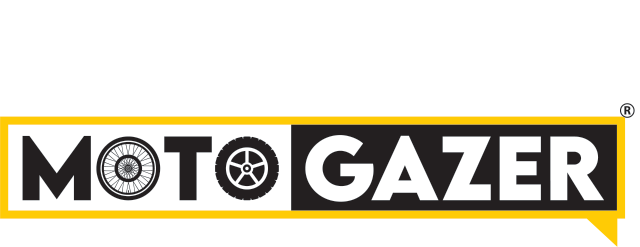The bustling city of Mumbai, often dubbed as the “City of Dreams,” is a thriving metropolis that never sleeps. With its vibrant culture, diverse population, and economic opportunities. Mumbai has long been a magnet for people from across India and beyond. However, this rapid urbanization has also brought along its fair share of challenges. Whereas, with one of the most pressing being the exponential increase in Mumbai traffic congestion. As each day dawns, the streets of Mumbai become a battleground for commuters and vehicles. Moreover, highlighting the urgent need for comprehensive solutions to alleviate the burgeoning traffic problem.
The Rising Tide of Vehicles
Mumbai’s love affair with automobiles has only grown stronger over the years. From swanky cars to nimble two-wheelers. The city’s roads accommodate a multitude of vehicles, each contributing to the ever-growing traffic congestion. Factors such as population growth, improved living standards, and increased disposable income have all fueled the desire for personal vehicles. Further, leading to an alarming rise in the number of cars and bikes on the streets. According to recent statistics, Mumbai witnessed an annual increase of approximately 8% in vehicle registrations, making it evident that the traffic situation is inching towards a breaking point.
Infrastructure Struggles to Keep Pace with Mumbai Traffic
While the demand for vehicles skyrockets, Mumbai’s infrastructure development seems to be lagging behind. The city’s roads, originally designed to cater to a much smaller population, now bear the brunt of an overload they were not equipped to handle. Narrow lanes, inadequate signage, and a lack of proper parking facilities have become hallmarks of the city’s roads, exacerbating the congestion problem. The expansion of the city’s transportation infrastructure has been slow and fraught with challenges, causing a mismatch between the pace of vehicle growth and infrastructure development.
The Public Transport Paradox
Ironically, Mumbai boasts one of the most extensive public transportation systems in the country, including the iconic local trains, buses, and the emerging metro network. However, these options, while impressive, are often overburdened and unable to keep up with the soaring demand. The local trains, often referred to as the lifeline of the city, carry a staggering number of commuters daily, resulting in overcrowded platforms and compartments during peak hours. This prompts many residents to opt for private vehicles, inadvertently contributing to the burgeoning traffic crisis. The challenge lies in enhancing the existing public transport infrastructure to make it a more attractive and efficient choice for daily commuters.
Impact on Productivity and Environment
The ramifications of Mumbai’s escalating traffic congestion are not limited to mere inconvenience. Rather, they extend to the economic and environmental spheres as well. A study conducted by the Boston Consulting Group estimated that the city’s traffic congestion costs billions of dollars in terms of lost productivity and increased fuel consumption. Commuters spend precious hours stuck in traffic, negatively impacting their work-life balance and overall quality of life. Moreover, the environment takes a hit as well, with prolonged idling in traffic. Further, leading to higher levels of air pollution and greenhouse gas emissions.
Tackling the Traffic Menace
Addressing Mumbai traffic crisis requires a multi-faceted approach that combines short-term solutions with a long-term vision for sustainable urban mobility. Here are a few strategies that could make a significant difference:
- Promotion of Public Transport: Invest in enhancing the capacity and efficiency of public transportation systems, making them a more attractive alternative to private vehicles.
- Infrastructure Upgrades: Undertake comprehensive road infrastructure upgrades, including wider roads, modernized intersections, and efficient traffic management systems.
- Promotion of Non-Motorized Transport: Encourage walking and cycling by developing pedestrian-friendly pathways and dedicated cycling lanes.
- Congestion Pricing: Implement congestion pricing in key areas to discourage unnecessary vehicle usage during peak hours and generate funds for improving public transport.
- Workplace Flexibility: Encourage employers to adopt flexible work hours and remote work policies, reducing the concentration of commuters during rush hours.
- Urban Planning: Develop satellite towns and business districts outside the city center to reduce the need for long commutes into congested areas.
- Awareness Campaigns: Launch public awareness campaigns about the benefits of carpooling, using public transport, and adhering to traffic rules.
Conclusion
The intensifying traffic congestion in Mumbai is a pressing issue that demands immediate attention and innovative solutions. The city’s unique challenges necessitate a combination of infrastructural improvements, policy changes, and public engagement to effectively tackle the problem. Mumbai’s growth story need not be marred by unrelenting traffic woes. Rather, it can serve as an opportunity to build a more efficient, sustainable, and livable urban environment. As stakeholders come together to implement well-rounded strategies. The City of Dreams can evolve into a model for successful urban mobility management. Further, offering a better quality of life for its residents and a blueprint for other burgeoning cities to follow.



